Multidimensional Performance Adaptation Strategies of Engineering Plastics in Smart Home Design
DOI: 10.23977/jmpd.2025.090116 | Downloads: 5 | Views: 328
Author(s)
Xie Dong 1
Affiliation(s)
1 Lingnan Normal University, Zhanjiang, Guangdong, China
Corresponding Author
Xie DongABSTRACT
The smart home industry is moving towards a "whole-house interconnection" era. Consumer demands are upgrading towards a balance of greenness, personalization, and sensory experience, which puts forward new requirements for the multi-dimensional performance of key materials. Although engineering plastics have become the core carrier due to their excellent comprehensive performance, their application is facing a prominent predicament of difficulty in coordinating "performance - environmental protection - sensory experience". This paper aims to construct a multi-dimensional performance adaptation strategy for engineering plastics in smart homes. Firstly, by establishing a material classification and multi-dimensional demand model based on application scenarios, it systematically analyzes the quantitative index requirements of smart homes for engineering plastics in three dimensions: mechanical performance, environmental sustainability, and user experience. Secondly, from the perspectives of molecular structure, surface characteristics, and industrial ecology, it deeply analyzes the internal mechanism of multi-dimensional performance conflicts, pointing out that the root cause lies in the inherent contradictions at the molecular design level and the "three-dimensional isolation" of technical paths. Then, this paper innovatively proposes a three-dimensional collaborative strategy framework of "material genes - interface engineering - system optimization", and verifies the feasibility and significant benefits of this framework in achieving an effective balance between performance, environmental protection, and sensory experience through three empirical cases: modification of the shell of smart speakers, surface engineering of the panel of smart locks, and systematic selection of smart refrigerators. The research conclusion shows that through multi-dimensional collaborative innovation, the current bottleneck of material application can be effectively broken, providing theoretical support and practical paths for the upgrade of the smart home industry towards high performance, low environmental footprint, and excellent user experience.
KEYWORDS
Engineering Plastics; Smart Home; Multi-Dimensional Performance Adaptation; Sustainable Design; Sensory Experience; Materials GenomeCITE THIS PAPER
Xie Dong, Multidimensional Performance Adaptation Strategies of Engineering Plastics in Smart Home Design. Journal of Materials, Processing and Design (2025) Vol. 9: 148-154. DOI: http://dx.doi.org/10.23977/jmpd.2025.090116.
REFERENCES
[1] YOU, Liqian, et al. AI ethics in smart homes: progress, user requirements and challenges. arXiv preprint arXiv:2412.09813, 2024.
[2] Zhou, L., et al. Improving Surface Aesthetics of Smart TV Bezels Using In-Mold Decoration Technology. Polymer Engineering & Science, 2025, 65(3), 890-901.
[3] De, A., et al. Fragmented Research in Smart Home Materials: A Call for Multidimensional Integration. Advanced Materials Interfaces, .2022, 9(17), 2200567.
[4] Zhang, Y., et al. Enhancing Mechanical Properties of PA66 via Nano-SiO₂ Reinforcement for Smart Home Applications. Journal of Materials Science and Engineering, .2023, 45(2), 123-135.
[5] Kumar, S. Molecular Design Challenges in Balancing Mechanical Performance and Recyclability of Engineering Plastics. Macromolecules, 2021, 54(12), 5678-5692.
| Downloads: | 4087 |
|---|---|
| Visits: | 253266 |
Sponsors, Associates, and Links
-
Forging and Forming
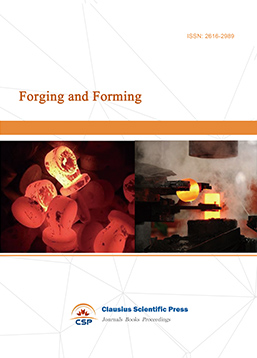
-
Composites and Nano Engineering
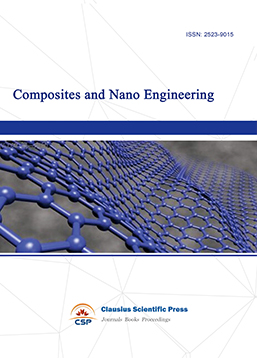
-
Metallic foams
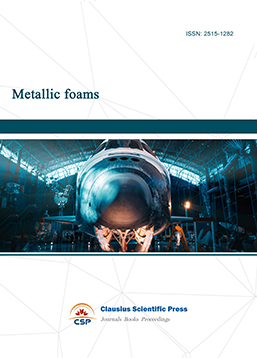
-
Smart Structures, Materials and Systems
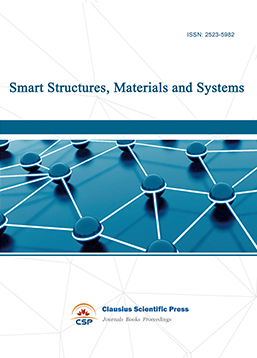
-
Chemistry and Physics of Polymers
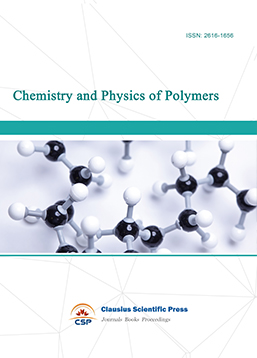
-
Analytical Chemistry: A Journal

-
Modern Physical Chemistry Research

-
Inorganic Chemistry: A Journal

-
Organic Chemistry: A Journal

-
Progress in Materials Chemistry and Physics

-
Transactions on Industrial Catalysis

-
Fuels and Combustion

-
Casting, Welding and Solidification
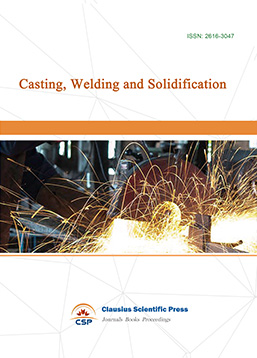
-
Journal of Membrane Technology
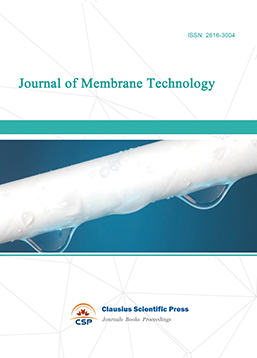
-
Journal of Heat Treatment and Surface Engineering
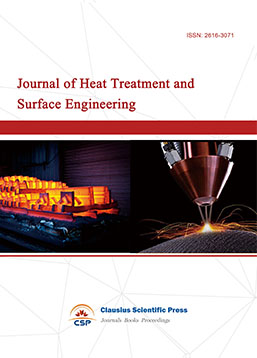
-
Trends in Biochemical Engineering

-
Ceramic and Glass Technology
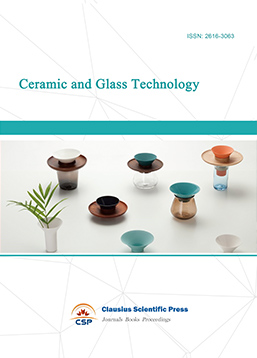
-
Transactions on Metals and Alloys

-
High Performance Structures and Materials
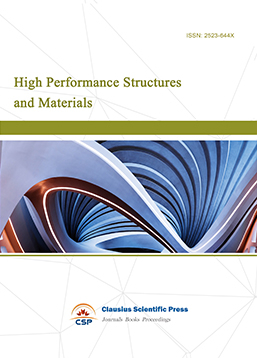
-
Rheology Letters
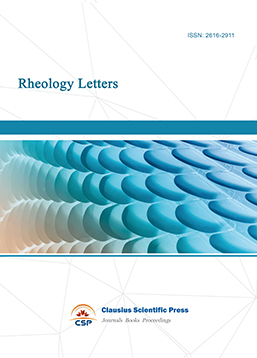
-
Plasticity Frontiers
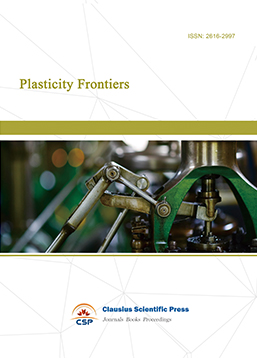
-
Corrosion and Wear of Materials
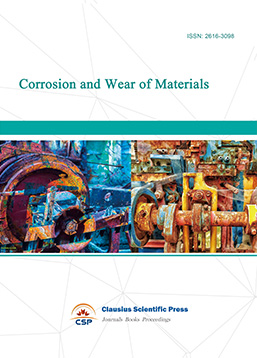
-
Fluids, Heat and Mass Transfer

-
International Journal of Geochemistry

-
Diamond and Carbon Materials

-
Advances in Magnetism and Magnetic Materials
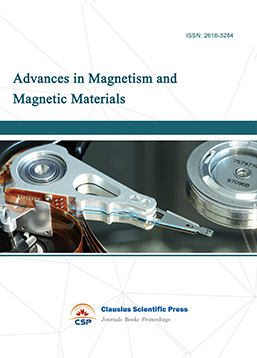
-
Advances in Fuel Cell

-
Journal of Biomaterials and Biomechanics
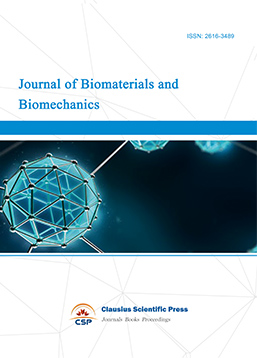

 Download as PDF
Download as PDF